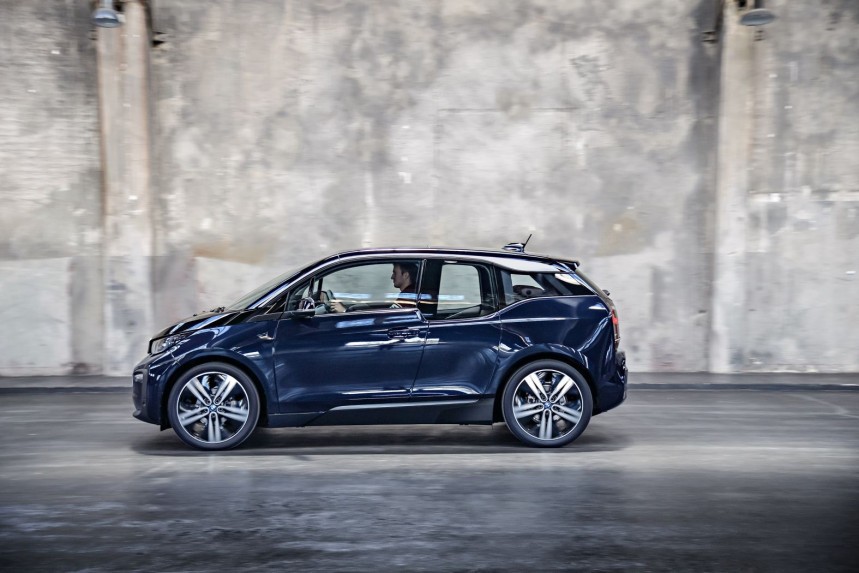We could sit back and continue to deny the benefits of one of our planet’s most controversial plant, but then again, that would mean that we are choosing to remain blind to the world around us. Whether we want to or not, Cannabis is being incorporated into our lives on one level or another and has been for millennia.
Since the first days when someone stumbled upon a burning bush and sat too close, people have used cannabis for the euphoric effects that so happen to take effect once lit on fire, but also for tools. The most common of which being textile manufacturing.
But that was back then. Today, world-wide legalization efforts, have created for the giggle-bush, much more respect than just hear-say.
Even though cannabis has always been in the background, recent research into the use of cannabis has brought to light many applications. Some of which the automotive industry is taking full advantage of.
From applications in lubricants, bioplastics, and even supercapacitors for powering EV’s and Hybrids, cannabis is making a comeback.
In 1941 Henry Ford unveiled his very own Hemp Plastic car, the body of which, except the frame, was made of 70 percent cellulose fibers from wheat straw, hemp and sisal and 30 percent resins, and reported to have a strength 10 times greater than steel.
But how do we take a plant and make it plastic? The answer has and always will be cellulose, the most abundant organic polymer on this planet. Hemp has around 60-70% cellulose, which makes it an ideal source. Wood contains around 40% cellulose but is mainly used in construction. Cotton, with its 90 percent cellulose content, is reserved mostly for fabrics.
Once cellulose from hemp is extracted, it can then be fabricated through methods similar to classic plastics, but with much less bio-waste. Cellulose can then be mixed in with pre-existing materials to create hybrids. By varying the amount of natural fiber or cellulose in a components make-up, we can modify flexibility and strength.
BMW’s electric car, the i3 launched in 2013 is reported to be 800 pounds lighter than other cars in its class. All of this brought to you by hemp. And carbon fiber, in the i3's case.
Other key automotive players such as Audi, Volkswagen, and Toyota are also on the ball. Even the latest Porsche 718 Cayman GT4 race car uses hemp composites, manufactured by Hempflax, a company out of the Netherlands. Even Lotus seems to be experimenting with hemp-infused materials in its Eco Elise.
Along the hemp trail there have been other pioneers that believed in hemp so much as to create their own prototypes and become advocates of the plant. Give a click on Mr. Bruce Dietzen to see his own cannabis car.
Another important by-product of hemp is its oil. Used as a lubricant, in the automotive and space industries, to medical treatments and massage oils in our homes. Hemp oil can really help keep things moving smoothly.
Now the big push on hemp is mainly because these products tend to be completely biodegradable and renewable, but other factors also influence its cultivation and use. The main reason being that hemp is a product that can be grown locally on U.S. soil, thus keeping its logistics uninfluenced by geo-political factors if it were to be grown somewhere else in the world. Groups like the U.S. Hemp Growers Association now exists to help promote and guide future growth of hemp in the United States.
Oh, and if you so happen to get the idea of lighting your hemp components on fire, don’t do it, Tetrahydrocannabinol or T.H.C., the substance known for the psychoactive effects, is not present in your automotive components.
But that was back then. Today, world-wide legalization efforts, have created for the giggle-bush, much more respect than just hear-say.
Even though cannabis has always been in the background, recent research into the use of cannabis has brought to light many applications. Some of which the automotive industry is taking full advantage of.
From applications in lubricants, bioplastics, and even supercapacitors for powering EV’s and Hybrids, cannabis is making a comeback.
In 1941 Henry Ford unveiled his very own Hemp Plastic car, the body of which, except the frame, was made of 70 percent cellulose fibers from wheat straw, hemp and sisal and 30 percent resins, and reported to have a strength 10 times greater than steel.
Once cellulose from hemp is extracted, it can then be fabricated through methods similar to classic plastics, but with much less bio-waste. Cellulose can then be mixed in with pre-existing materials to create hybrids. By varying the amount of natural fiber or cellulose in a components make-up, we can modify flexibility and strength.
BMW’s electric car, the i3 launched in 2013 is reported to be 800 pounds lighter than other cars in its class. All of this brought to you by hemp. And carbon fiber, in the i3's case.
Other key automotive players such as Audi, Volkswagen, and Toyota are also on the ball. Even the latest Porsche 718 Cayman GT4 race car uses hemp composites, manufactured by Hempflax, a company out of the Netherlands. Even Lotus seems to be experimenting with hemp-infused materials in its Eco Elise.
Another important by-product of hemp is its oil. Used as a lubricant, in the automotive and space industries, to medical treatments and massage oils in our homes. Hemp oil can really help keep things moving smoothly.
Now the big push on hemp is mainly because these products tend to be completely biodegradable and renewable, but other factors also influence its cultivation and use. The main reason being that hemp is a product that can be grown locally on U.S. soil, thus keeping its logistics uninfluenced by geo-political factors if it were to be grown somewhere else in the world. Groups like the U.S. Hemp Growers Association now exists to help promote and guide future growth of hemp in the United States.
Oh, and if you so happen to get the idea of lighting your hemp components on fire, don’t do it, Tetrahydrocannabinol or T.H.C., the substance known for the psychoactive effects, is not present in your automotive components.



















